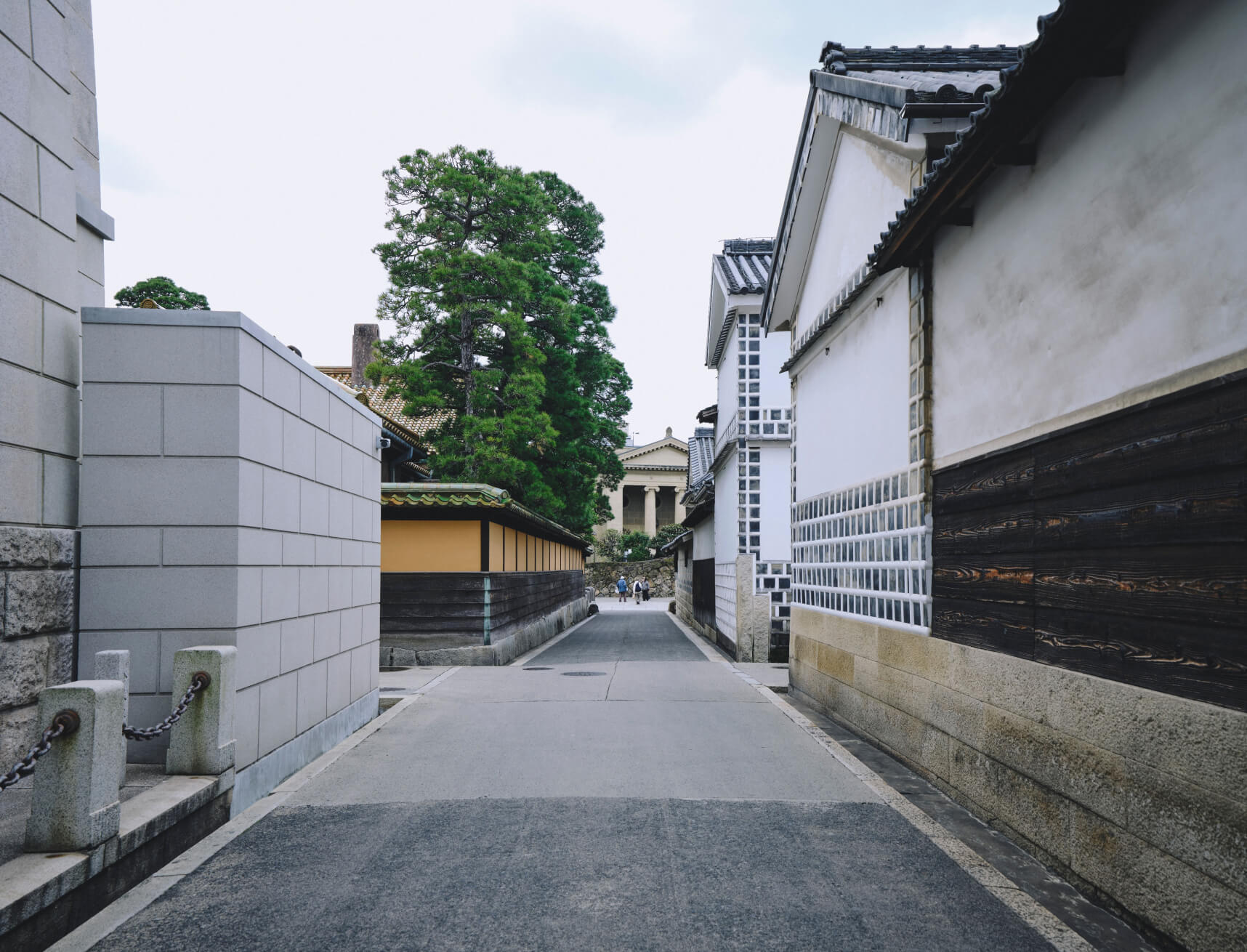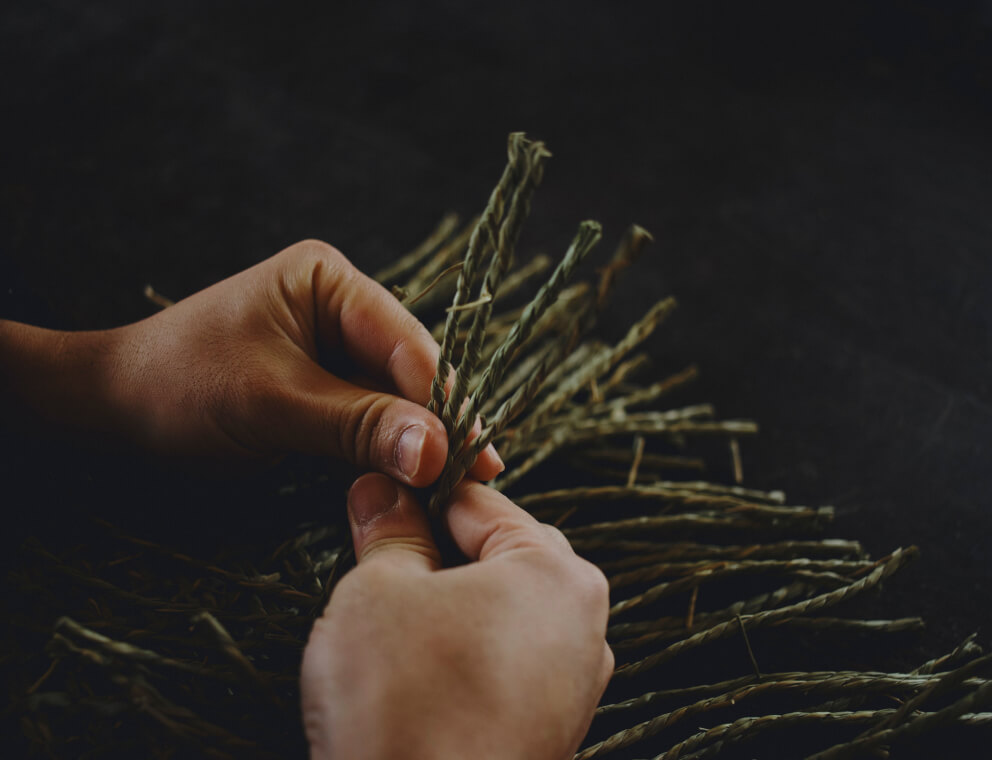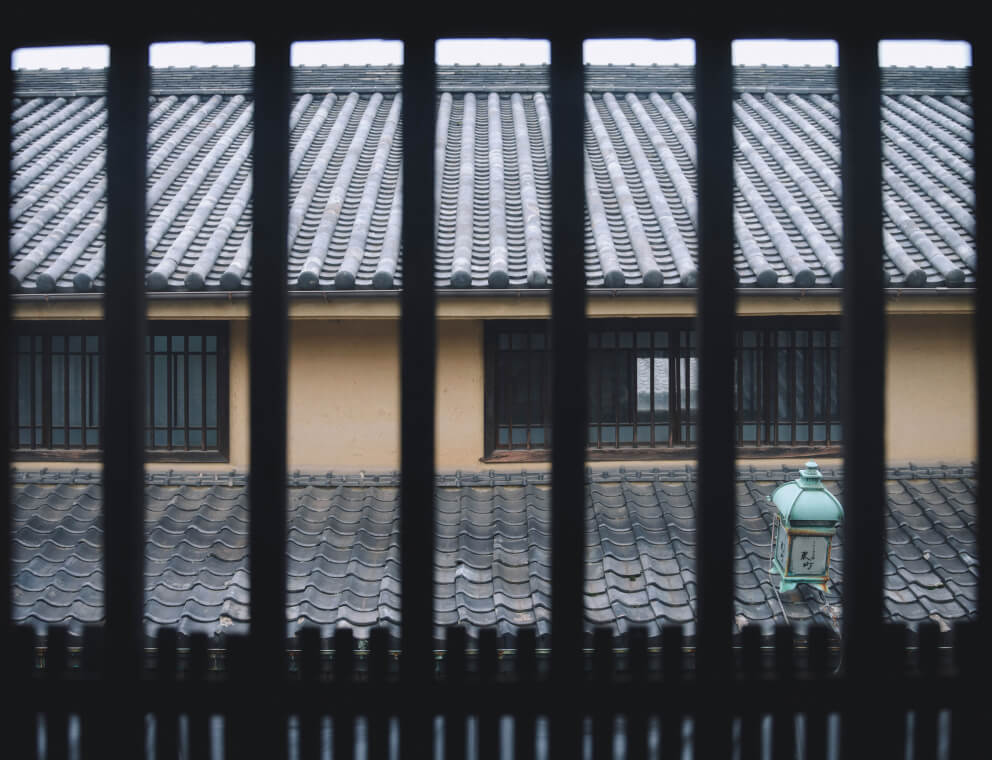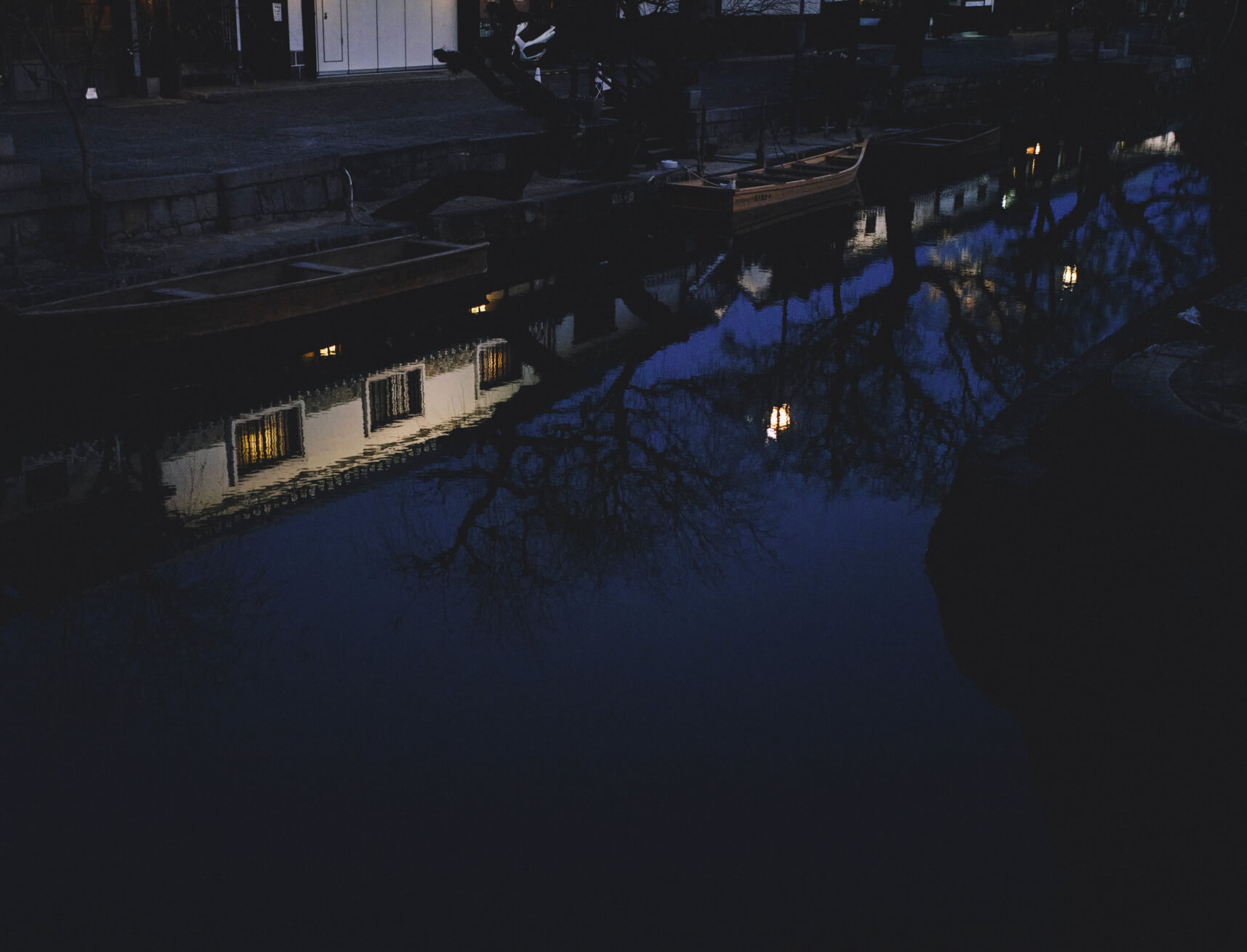

As we delve into the history of Kurashiki, we uncover a tapestry of complexity—a city where the sentiments of its inhabitants have endured through the ages, amidst the ever-changing currents of time. Beginning with land reclamation efforts during the Edo period (17th to 19th century), which transformed shallow seas into fertile grounds suitable for cultivating cotton and soft rush grass, Kurashiki flourished as a hub for people and goods as it came under the direct control of the Edo shogunate. The advent of the Meiji era in the 19th century brought about an industrial revolution, enriching the city with textile manufacturing and nurturing a capitalistic prosperity that blossomed into cultural enrichment. This era was marked by the birth of the Ohara Museum of Art, Japan's first Western art museum, and the Kurashiki Folk Craft Museum, the nation's second folk art museum.
Preserving the city's evolution through time is the Kurashiki Bikan Historical Quarter, where buildings from the Edo period to the Showa period coexist—a harmonious blend of architectural styles from different epochs spanning nearly 400 years. Kurashiki stands as a rare amalgamation of new and old, industry and craftsmanship, with sometimes seemingly contradictory elements blending into a unique tapestry.


The name “YORUYA” originates from the Japanese word ‘yoru’ (撚る), meaning ‘to gather’ or ‘to unite,’ which finds its roots in the ancient term ‘nen’ (撚), signifying ‘to twist’ or ‘to intertwine.’ It was originally used in the context of twisting threads or hair together to enhance their strength. We perceive Kurashiki as a thick, long rope intertwined with the threads of its many people and their sentiments over time. It is our hope that YORUYA, though today still a thin and delicate thread, will eventually be woven into this unique tapestry of Kurashiki’s history.

YORUYA is situated in Higashi-machi, just a short distance from the entrance of the Kurashiki Bikan Historical Quarter. Inheriting a building designated by Kurashiki City as a Traditional Building that once served as a separate residence for a Meiji-era kimono merchant, it has reopened as a new hotel, offering a balance of exquisite gastronomy and harmonious living quarters, on November 14th, 2024 Until 2014, the building had also served as a ryokan, beloved by local residents who often share fond memories of dining there. We aspire for the journey of Kurashiki's past, the history of this place, and the future path of YORUYA to intertwine, weaving into a new beautiful thread.
In a conversation with Mr. Nakamura, chairman of the Higashi-machi Neighborhood Association, one comment resonated with us deeply: ‘We are living the future envisioned by those people of that time.’ In Kurashiki, the sentiments passed down through generations are deeply ingrained, and we are excited to pour our hearts into YORUYA, ensuring that we honor Kurashiki’s legacy. We hope that our present will become the past, paving the way for the present of future generations.
Team YORUYA















